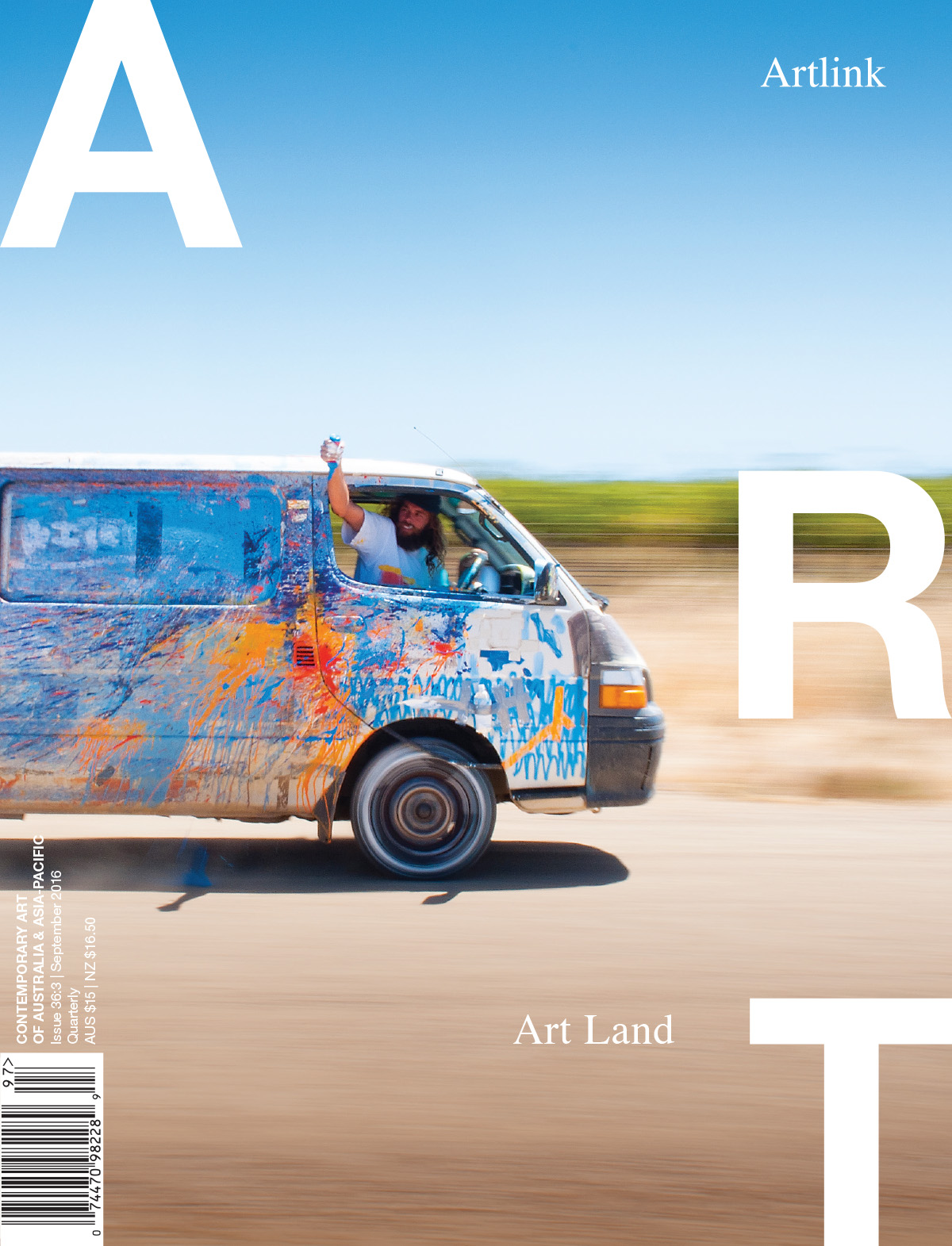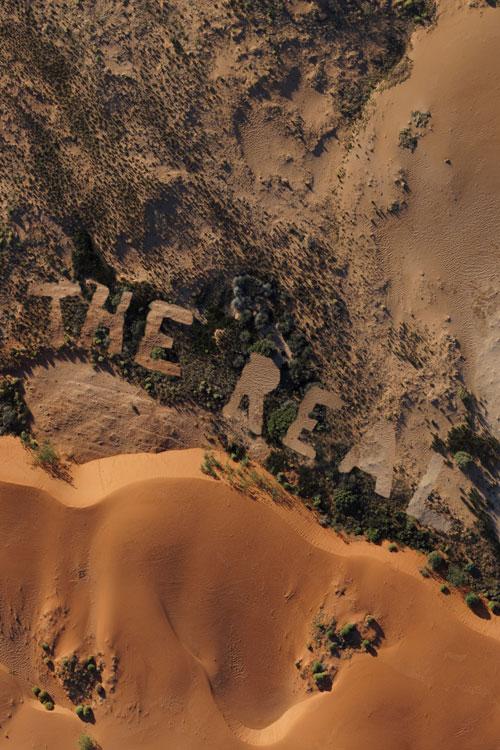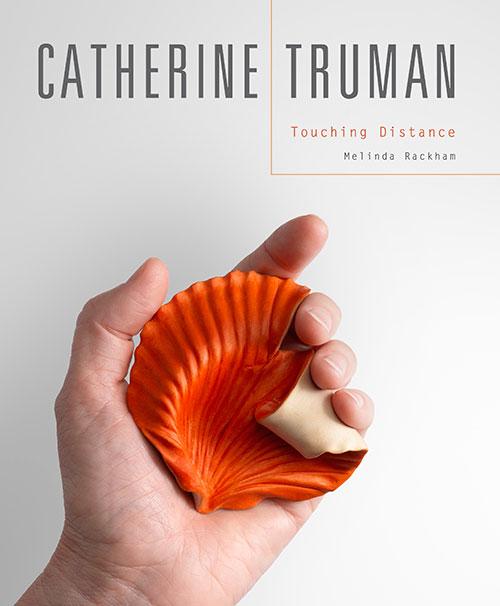Search
You searched for contributors, issues and articles tagged with Restoration ...
Contributors
Issues

Articles

In 2016 the arts in Australia inhabit a dystopian world. It could be described as a place of absurdist contradictions, where only those who have mastered the arcane rules of the Hunger Games have any chance of surviving. Possibly the greatest change is that arts funding is now a partisan political issue in a way that it has not been for some generations. In the past there were concerns about the internal politics of art bureaucracies, but now the allocation of funds to support the arts (or not) has become a party‑political issue. The Commonwealth Government recently presided over the greatest reduction in arts funding in Australian history, but when questioned on this in a public forum, the art‑loving/art-collecting Prime Minister was unaware of the impact of his party’s budgets on the arts. It is probably unfair to blame the current Prime Minister for the devastation that was wrought in the time of his predecessor.

Nearly two decades ago, when artist Rodney Glick and I started discussing the possibility of developing an international contemporary art space in a small country town, people found the idea both comical and intriguing. They laughed when they heard it first but then reconsidered, perceiving a potential beyond the apparent joke. The reason for such hilarity is obvious: contemporary art is so closely associated with the inner city areas that the idea of transplanting it among paddocks and feedlots came across as funny, like a hairy man wearing a tutu.

Solastalgia has come to signify distress caused by environmental damage. The term, originally coined by philosopher Glenn Albrecht, specifically addressed the condition of existential distress caused by the physical destruction of one’s immediate environment. As the global extraction industries and the financial institutions that bankroll their reach increasingly dominate, with direct impacts on land, solastalgia is fast becoming a common contemporary condition associated with the loss of ground in our occupation of the planet and a general sense of helplessness.

The Palmer Sculpture Biennial is a characteristically transient, remote art event that takes place in the Mount Lofty Ranges of South Australia, some 70 kilometres east of Adelaide. Led by sculptor Greg Johns, who purchased the 163‑hectare property of rain‑shadow country at Palmer in 2001, it has become a place for artistic nomads, who converge on the landscape to create ephemeral and site‑specific art. This unique art event that takes place every two years is aligned with an ongoing program of land regeneration, supported by a community of artists and environmentalists.










